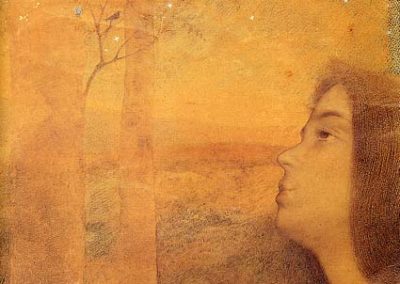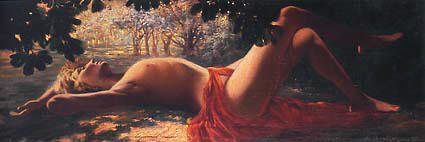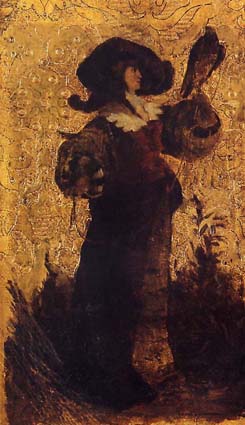Alexandre de Riquer i Ynglada (1856-1920) – Painting
More on Alexandre de Riquer i Ynglada
Biography Posters Decoration Book Plates Painting Literature Other Pursuits
Works
Oil paintings:
-Paisatge de La Segarra (Landscape of La Segarra 1876)
-Paisatge amb figura eqüestre (Landscape with equestrian figure 1876)
-Sant Julià Hospitalari (Saint Julià Hospitable 1886)
-Nimfa alada davant de la sortida del sol (Winged nymph facing the daybreak 1887)
-Figura femenina olorant adormidera (A girl smelling poppy 1887)
-Figura femenina portant un got (A girl with a glass 1887)
-Esquema de paisatge japonitzant (2) (Scheme of a Japanese landscape)
-Decorative panels MNAC (1887)
-Sant Francesc i els ocells – Plafó decoratiu MNAC (Saint Francis and the birds – Decorative panel MNAC 1890)
-Entre lliris (Between iris 1889-90)
-Oques (Gooses 1890)
-Aus de pas (Birds of passage 1891)
-Divina Pastora (Divine Shepherdess 1891)
-L’Anunciació (The Annunciation 1893)
-Dones amb catàleg en el Ateneu Barcelonès (Ladies with a cathalogue in the Ateneu Barcelonès 1893)
-Música -Plafó decoratiu- (Music decorative panel 1897)
-Poesia -Plafó decoratiu- (Poetry decorative panel 1897)
-Les quatre estacions: Primavera, Estiu, Tardor, Hivern -Plafons decoratius- (The four seasons: Spring, Summer, Autumn, Winter 1897)
-Excursió a Vallvidrera (Outing to Vallvidrera 1911)
-Marguerite Laborde (MNAC 1911)
-Nu femení -esboç per Leda i el cigne- (Female nude -sketch for Leda and the swan 1912)
-Tronc d’arbre (Tree trunk 1912)
-Paisatge de bosc (Wood landscape 1912)
-Ramat prop d’Oloron (Flock near Oloron 1912)
-Paisatge d’Eivissa (Eivissa landscape 1912)
-Aranjuez: Font de Baccus (Aranjuez: Bacchus source 1913)
-Jardí d’Aranjuez (Aranjuez garden 1913)
-Festa de Watteau (Watteau party ca. 1915)
-Emilia de Riquer i Palau (1916)
-Le premier soin (First Aid 1917)
-Oliveres (Olive trees 1918)
-L’arribada de Merlí buscant Viviana en el bosc encantat (The arrival of Merlin waiting for Vivian in the Enchanted forest)
-Camp amb núvols (Field with Clouds)
-Costa de Deià (Cost of Deià)
-Costa d’Eivissa (Coast of Eivissa)
-Crisantemes (Chrysanthemum)
-Dona i ocell (Woman and bird)
-El bosc (The wood)
-Els jardins de Luxemburg (The Luxembourg gardens)
-Falconer
-Faune (Faun)
-La paleta de l’artista (The Riquer palette)
-Les temptacions de Sant Antoni (The temptations of Saint Anthony)
-Mare de Deu esperant la Nativitat (Mother of God waiting the Nativity)
-Nimfes al bosc (Wood nymphs)
-Nimfa del bosc (Wood nymph)
-Nimfa amb clar de lluna (Nymph in moonlight)
-Ocells pintats sobre una paleta (Birds painted on a palette)
-Ocells al bosc (Wood Birds)
-Paisatge (2) (Landscape (2)
-Paisatge de bosc (Wood landscape)
-Paisatge de Mallorca (Mallorca landscape)
-Panteisme (Pantheism)
-Roselles (Popys)
-L’appel de l’oiseau (Bird call)
Watercolours:
-Figures en un paisatge (Figures in a landscape)
-Interior de bosc (Forest interior)
Paintings
Beginnings:
As a painter, Riquer developed an important body of work consisting largely of oils and watercolors with natural and allegorical motifs, the most notable of which are his landscapes and religious themes. Among the latter, his San Julià Hospitalari, Annunciation, and St. Francis and the Birds are worth special mention.
Riquer displayed his oils and watercolors in several exhibitions, and in 1890 he organized his first solo exhibition, at the Sala Parés in Barcelona, where he showed 25 oils depicting various themes including realistic landscapes full of birds, flowers, forests, and other natural elements.
Influences and Pictorial Motifs:
The English Pre-Raphaelites exerted a profound influence on Riquer. During that era, his style evolved from an iconographic phase based on the themes mentioned above toward a more idealistic phase dominated by images of saints and the Virgin Mary and a general cult of feminine purity visible in his Entre Illiris (1890), Divina Pastora (1891), and Annunciation (1893). Upon his second marriage, at the age of 54 to the French writer Marguerite Laborde (Andrée Béarn), Riquer entered French artistic circles and regained his interest in the landscape, painting Pyrenean forests, some of which were exhibited in Pau in 1912.
Exhibitions:
Between 1912 and 1913, Riquer held three exhibitions in the Sala Parés and Sala Fayans Català, displaying landscapes of Andalusia, Mallorca, and Ibiza, where he had recently visited. In April 1915, he organized another, larger exhibition at the Fayans Català Exhibition Hall in Barcelona. This exhibition was divided into four sections: Spain – inspired by Goya and Romanticism -, Ibiza and Mallorca – landscapes -, Pyrenees – fresh, realistic landscapes of the French Pyrenees, and Miscellaneous – reflections on the world of literary and musical allusions-. This exhibition enjoyed great public and critical acclaim, but Riquer sought peace to reduce the tension he found himself suffering for a variety of reasons, among which was the triumph of the Noucentisme movement. For this reason, he returned to Mallorca and dedicated himself again to landscapes.
The changes brought by Noucentisme – which Riquer energetically criticized for its poverty of style – resulted in a sharp decline in commissions for Art Nouveau works (with the exception of bookplates), so much so that Riquer considered moving to Argentina.
The end of Art Nouveau:
Between 1906 and 1911, Noucentisme completely marginalized Art Nouveau. Eliseu Trenc has considered this stylistic evolution and contends that the severest decline was in the decorative arts; therefore Riquer concentrated on poetry and literature, with the usual pantheistic exaltation of nature.
His paintings from this period can be divided into three geographic categories:
1) Catalonia and Spain 1907-1912,
2) the Pyrenees 1912-1914, and
3) Mallorca and Ibiza, 1917 until Riquer’s death in 1920.
Although between 1908 and 1910, we find paintings of exoticized fauns, satyrs, and nymphs, Riquer’s preference for landscapes was clearly growing. The line disappears from his canvases, and his forms are created using a spatula or paintbrush.
In Mallorca:
Finally, in 1917 Riquer installed himself in Palma de Mallorca, where he organized exhibitions at the Círculo Mallorquin in April 1918 and May 1919, and at La Veda in January 1920; these exhibitions were especially enjoyed by the more conservative sectors of the islands.
In 1920, shortly before his death, Riquer still found time to display his Mallorcan landscapes at the Casino Sabadellenc in Sabadell, again at the Sala Parés in Barcelona, and also in Paris, at the Salon d’Automne. These late exhibitions give some idea of the vitality Riquer possessed until his final moments.
Death came to Alexandre de Riquer on Mallorca at the age of 64, on that island with the memory of his homeland, his childhood, and his youth which were his deepest passions.
Images
(L to R)
The Temptations of Saint Anthony
The Annunciation
Row 1: (L to R)
Landscape of La Segarra, Forest interior, Field with Clouds, Landscape of La Segarra,
Row 2:Flock Near Oloron, Aranjuez Garden, Mill, Forest path,
Row 3: Garden, Mallorcan Landscape, Coast of Ibiza, Coast of Deià (Mallorca),
Row 3:Wood Nymphs, Nymph in Moonlight, Vivian in the Enchanted Forest, Wood Nymph,
Row 4: Pantheism, Watteau party, Outing to Vallvidrera, First Aid ca.1917 (an oil by Riquer known today only through a photo of a reproduction).
Row 5: Bird call, Female Nude, Falconer
Other Catalan Art Nouveau Painters
-Hermen ANGLADA i Camarassa -Joan BRULL i Vinyoles -Ricard Canals -Agapit Casas i Abarca -Ramón CASAS i Carbó -Josep CUSACHS -Manuel Cusí
-Xavier Gosé i Rovira -Sebastiá Junyent -Joan Llimona i Bruguera -Josep Maria Marqués -Francesc MASRIERA i Manovens -Josep MASRIERA I Manovens -Lluis MASRIERA i Rosés -Eliseu MEIFRÈN i Roig -Joaquim MIR i Trinxet -Francesc Miralles -Isidre NONELL i Monturiol -Marià PIDELASERRA i Brias -Josep Pinós i Comes -Josep Reynés -Alexandre Riquer i Ynglada -Pau Roig i Sisa -Santiago RUSIÑOL i Prats -Antoni Serra i Fiter -Josep Maria Tamburini -Modest Urgell -Miquel UTRILLO i Morlius -Lluïsa VIDAL i Puig -Pere Ysern i Alié

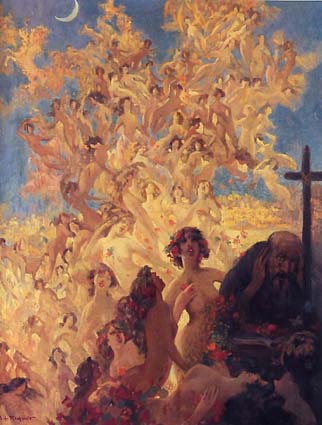
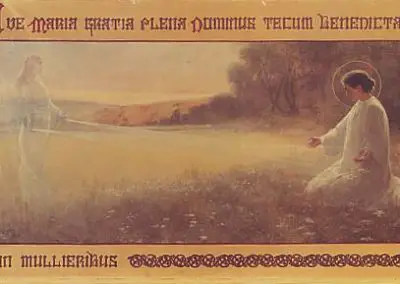
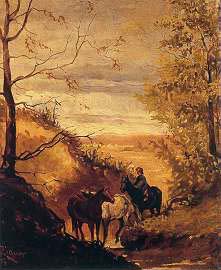
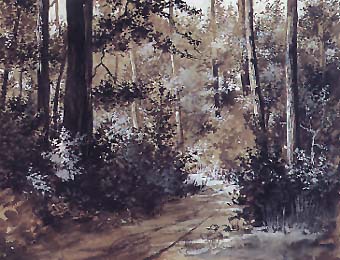
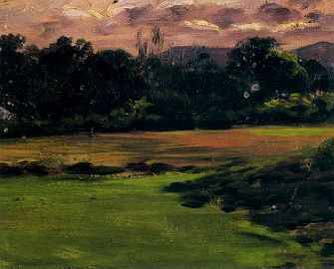
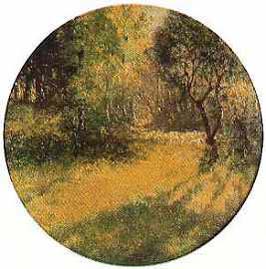
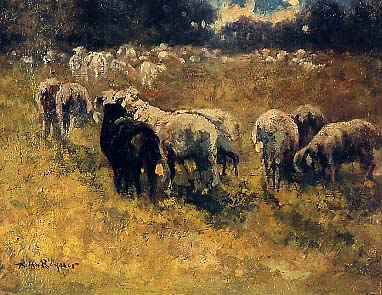
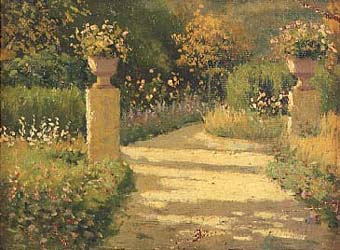
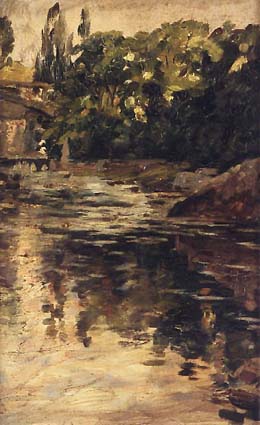
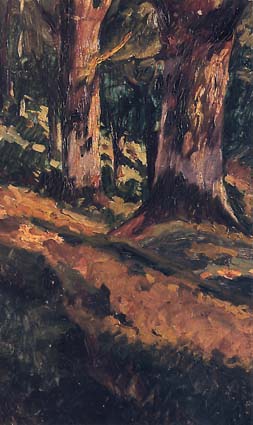
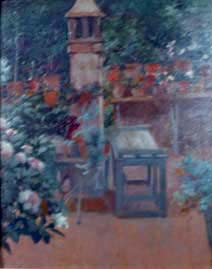
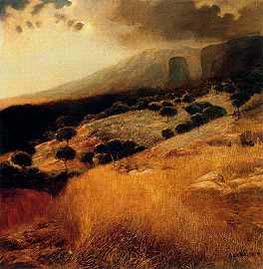
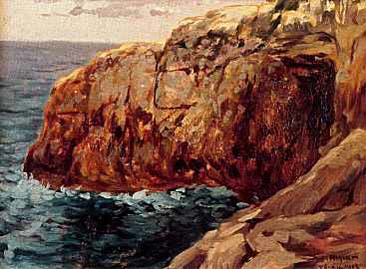
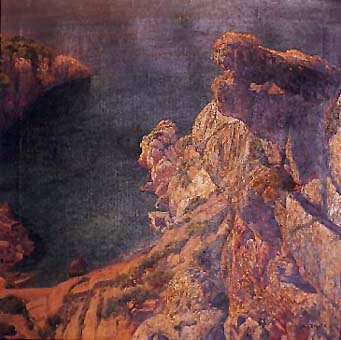
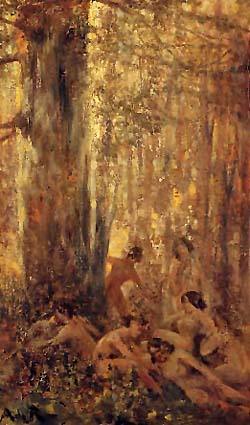
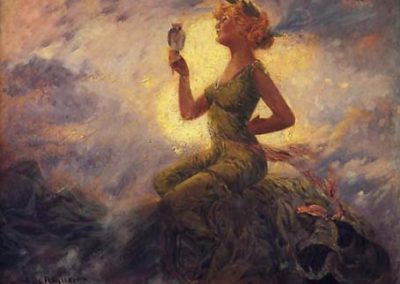
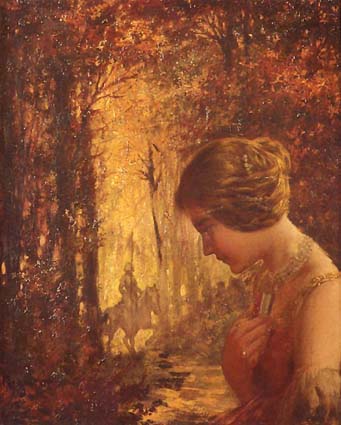
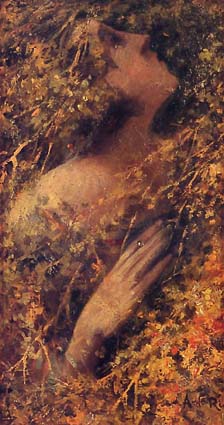
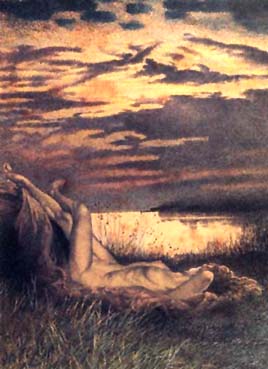
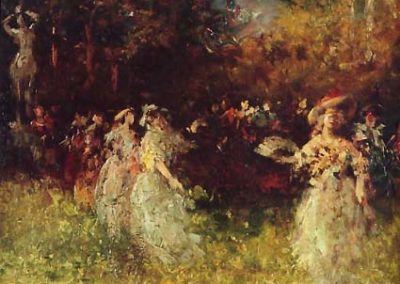

![Riquer Pintura Le_premier_soin_2[1] olir](http://www.gaudiallgaudi.com/wp-content/uploads/2017/07/Riquer-Pintura-Le_premier_soin_21-olir-400x284.jpg)
